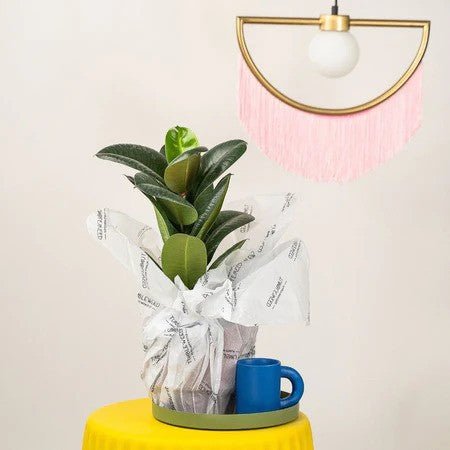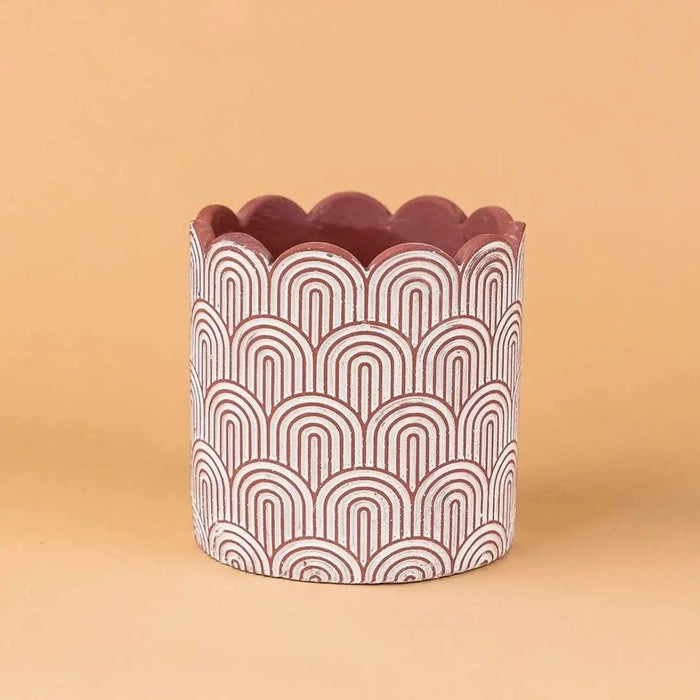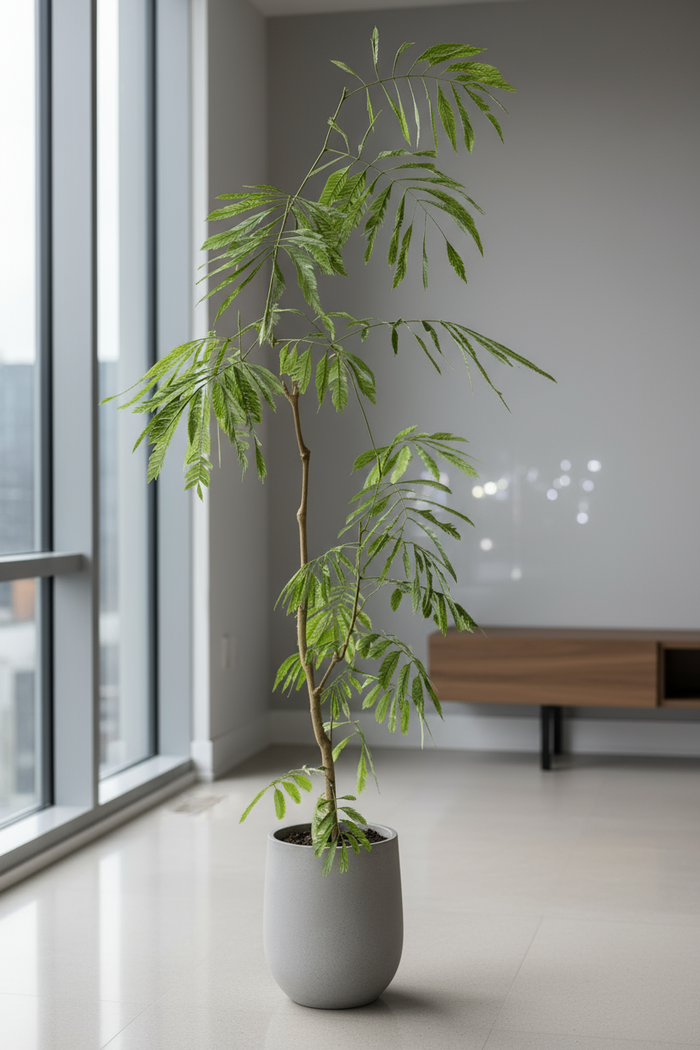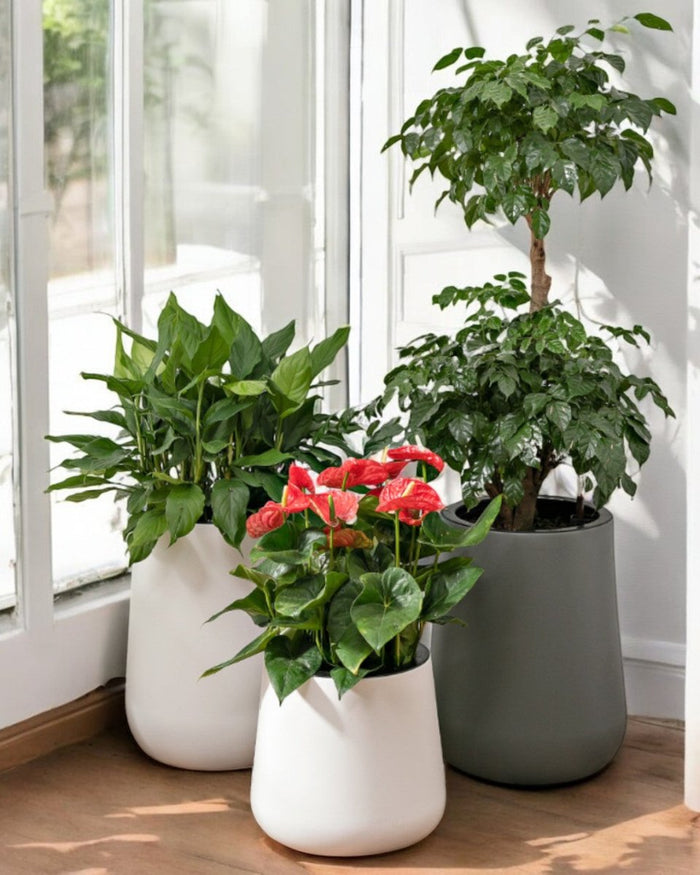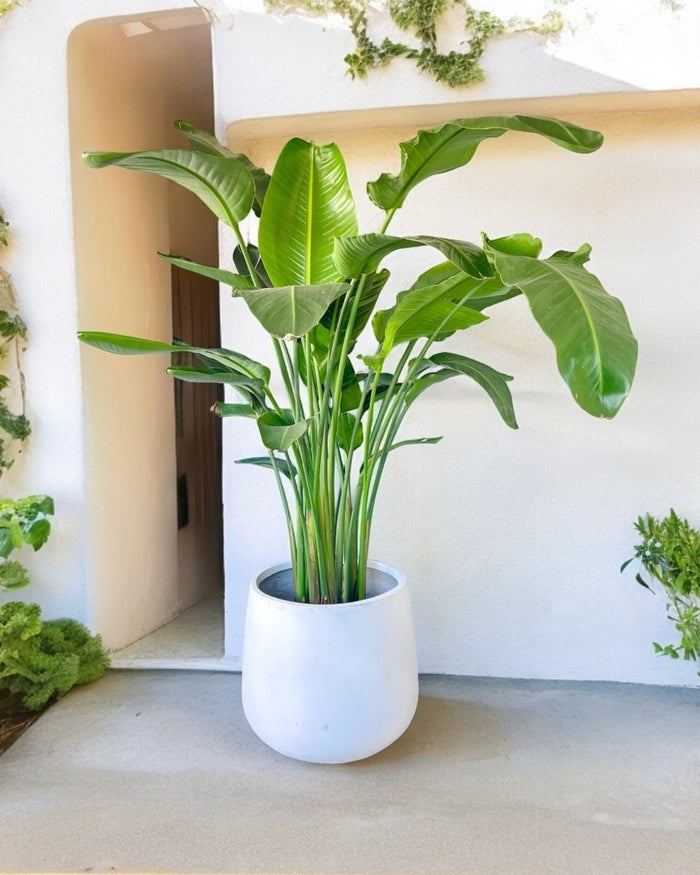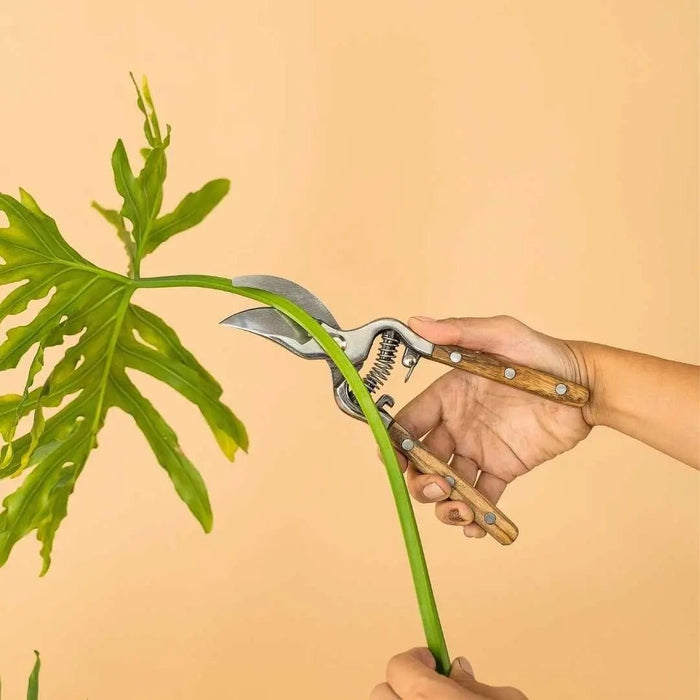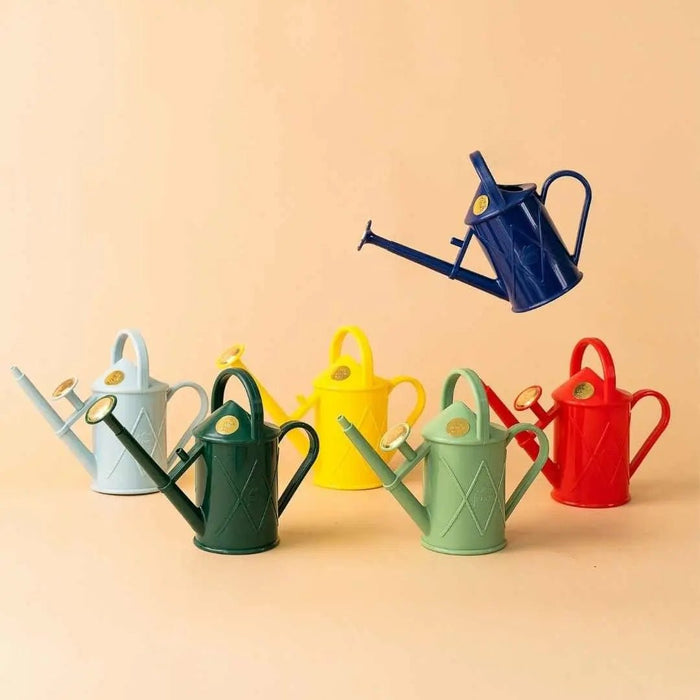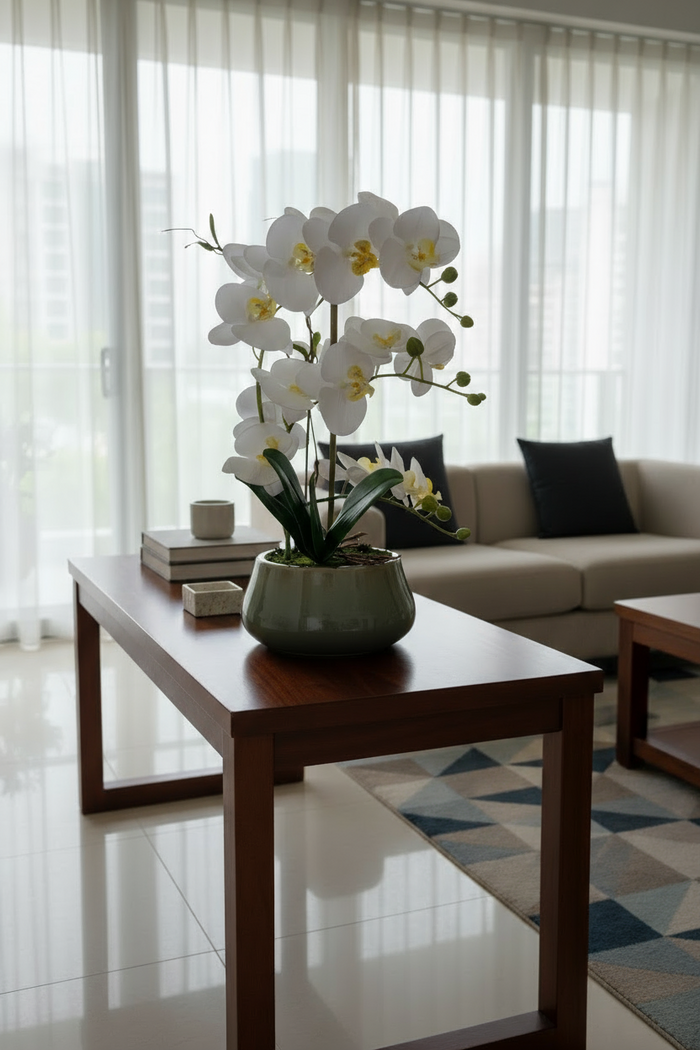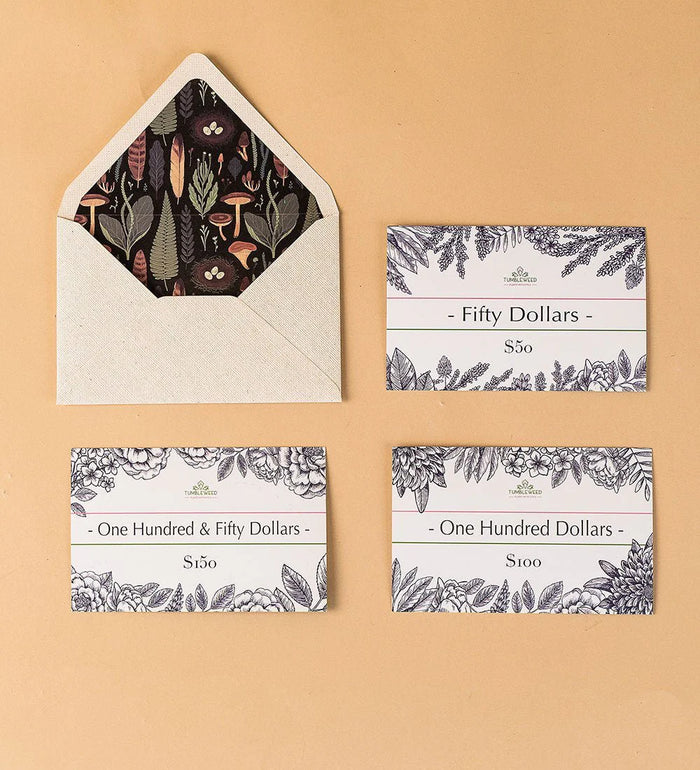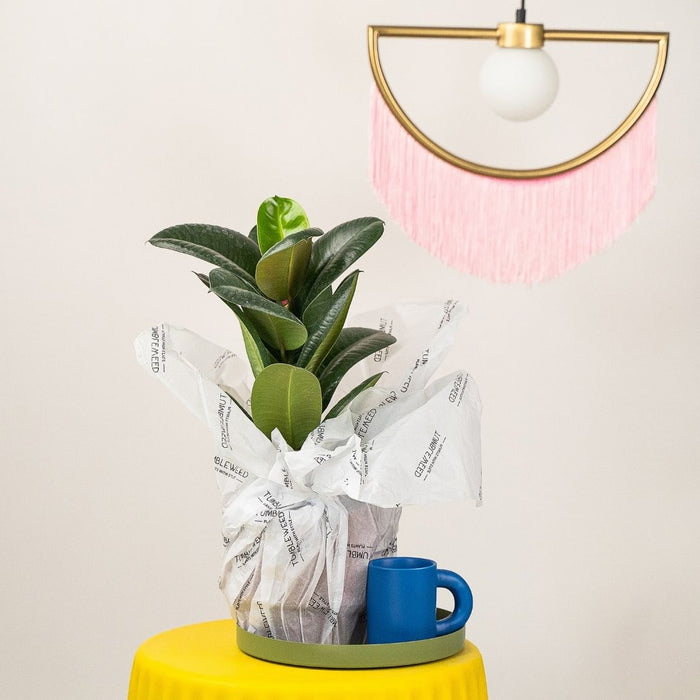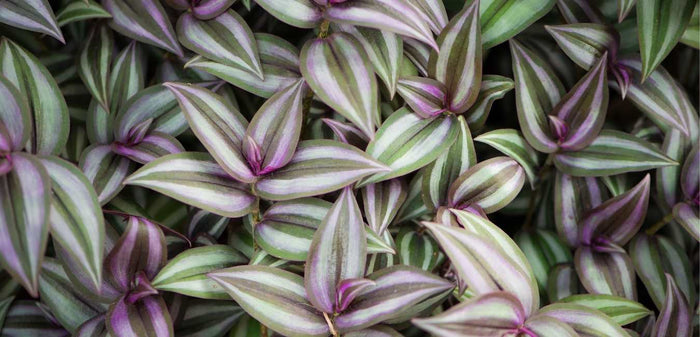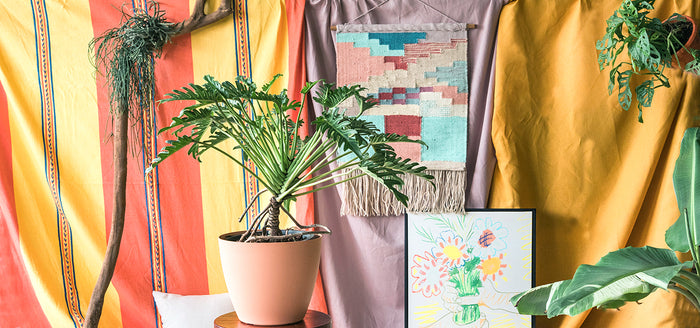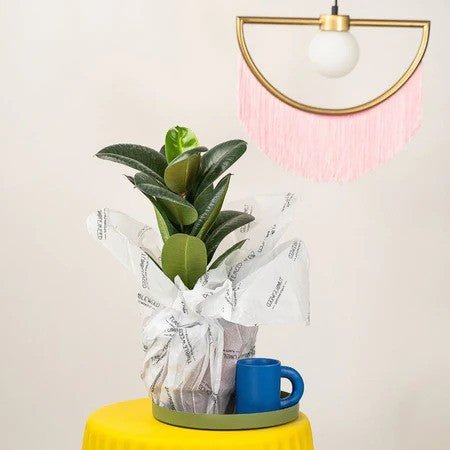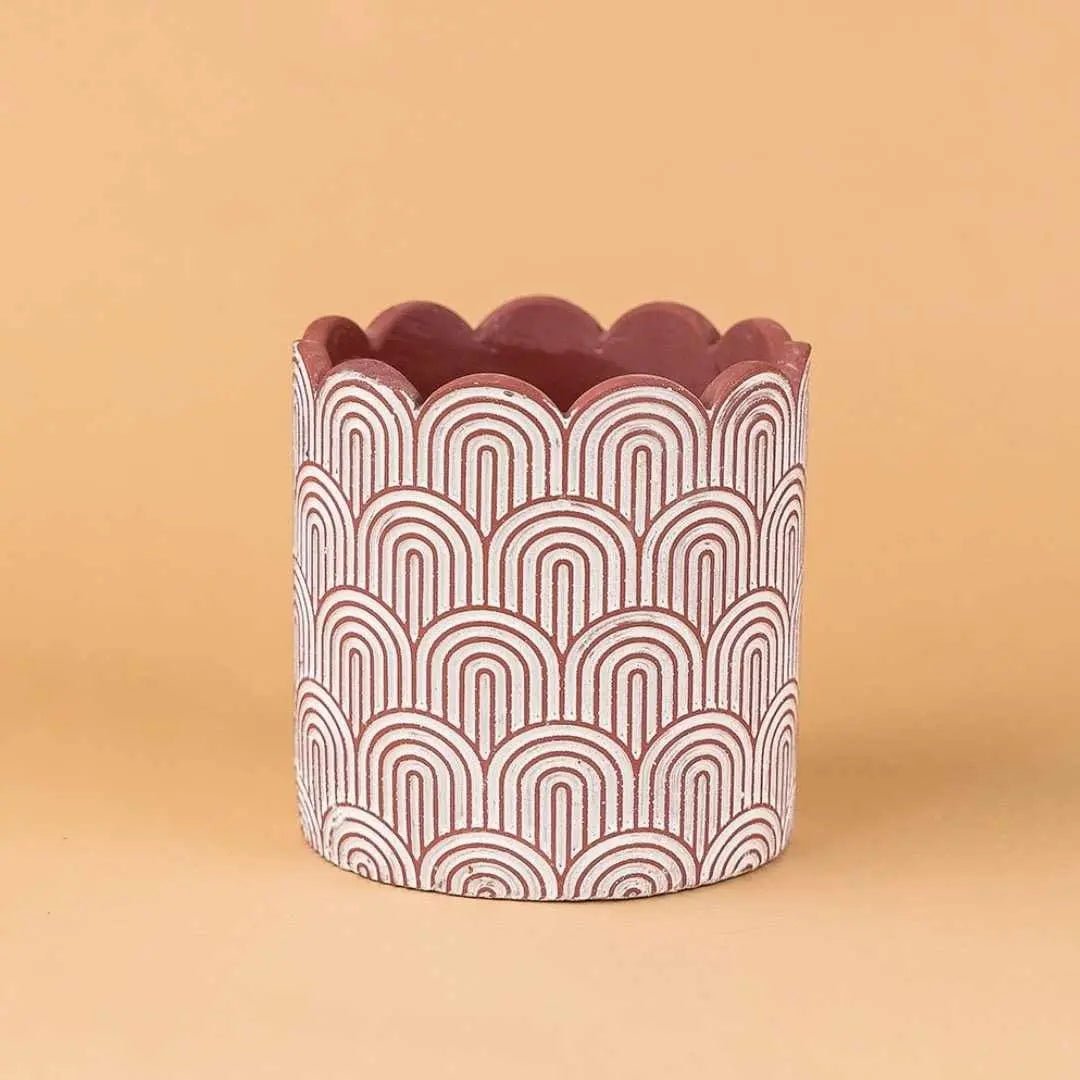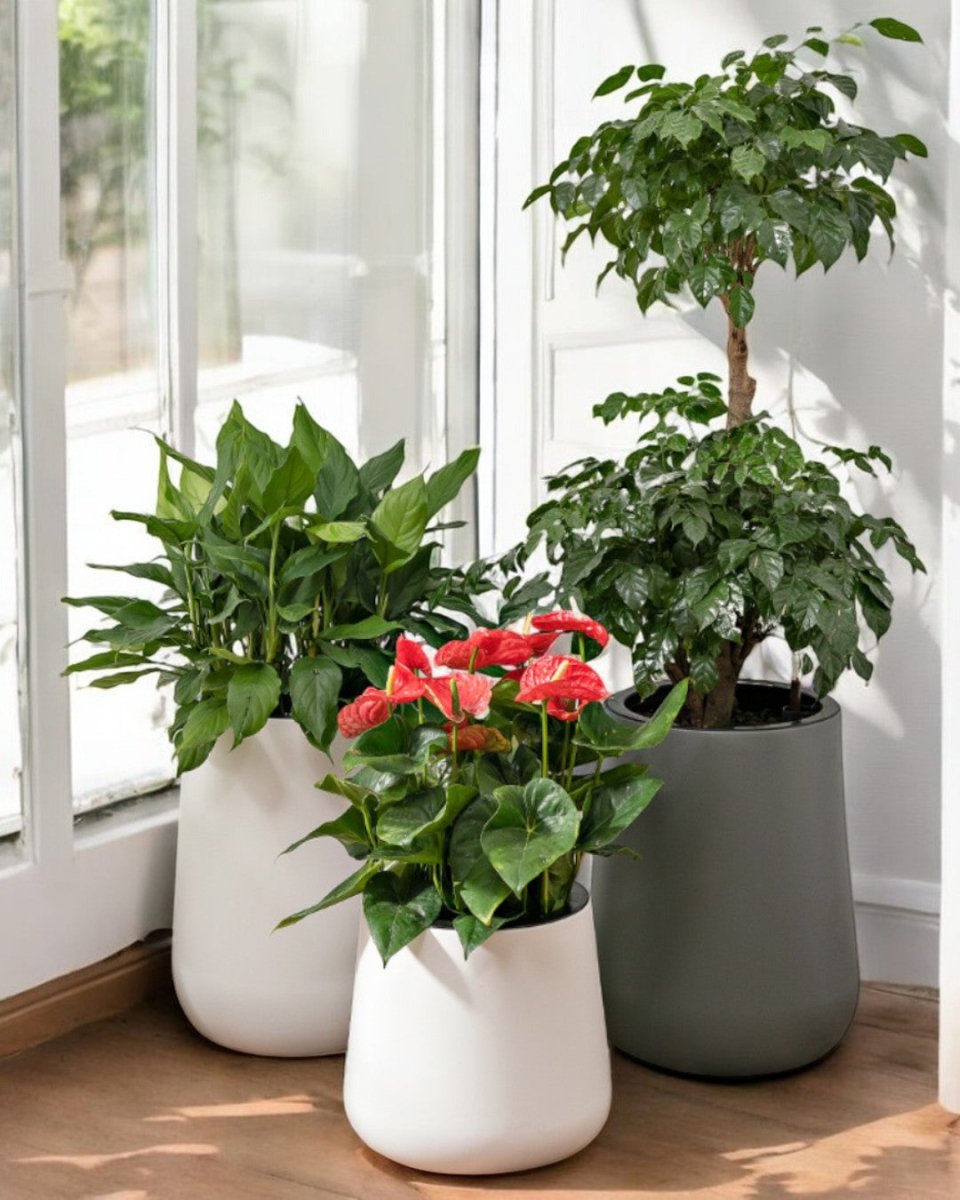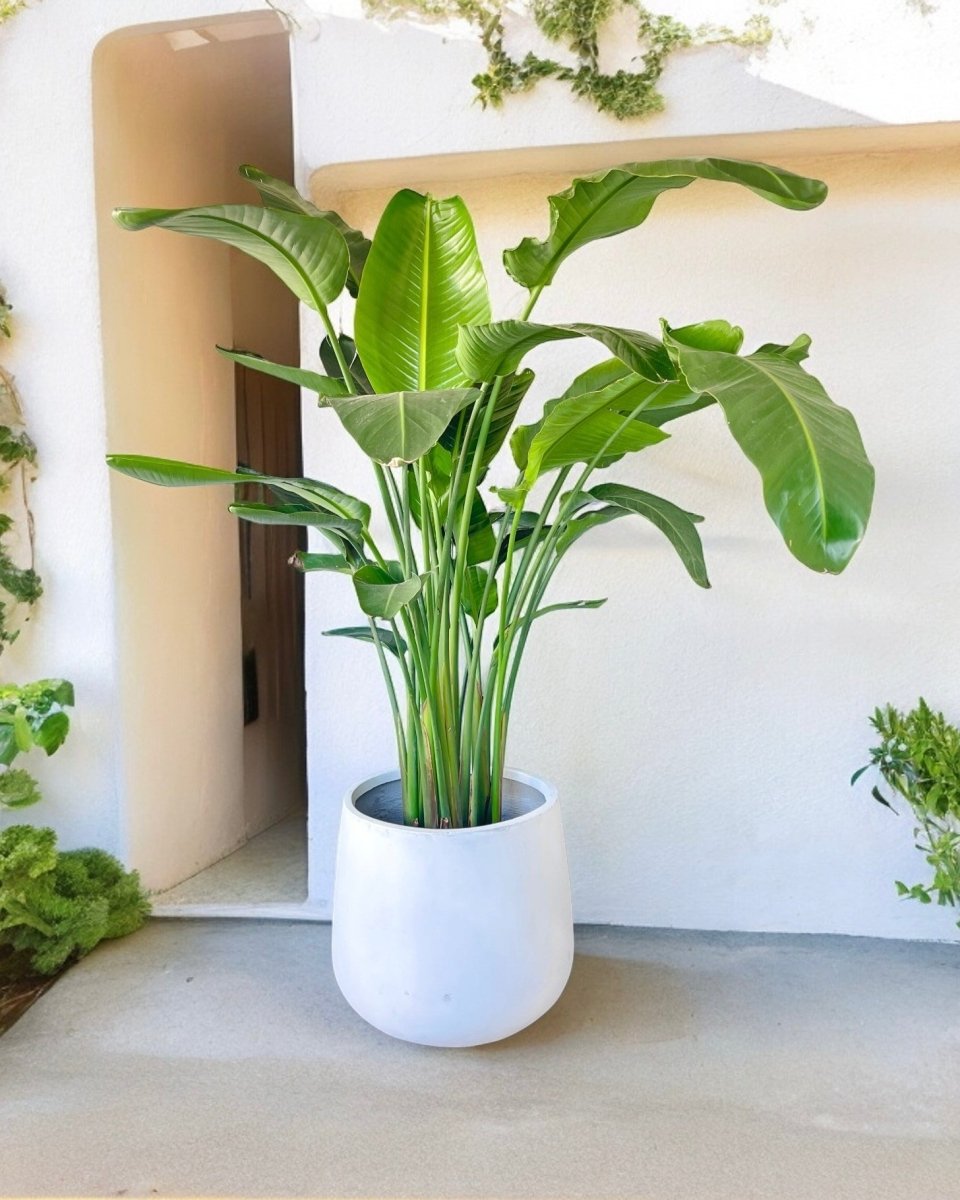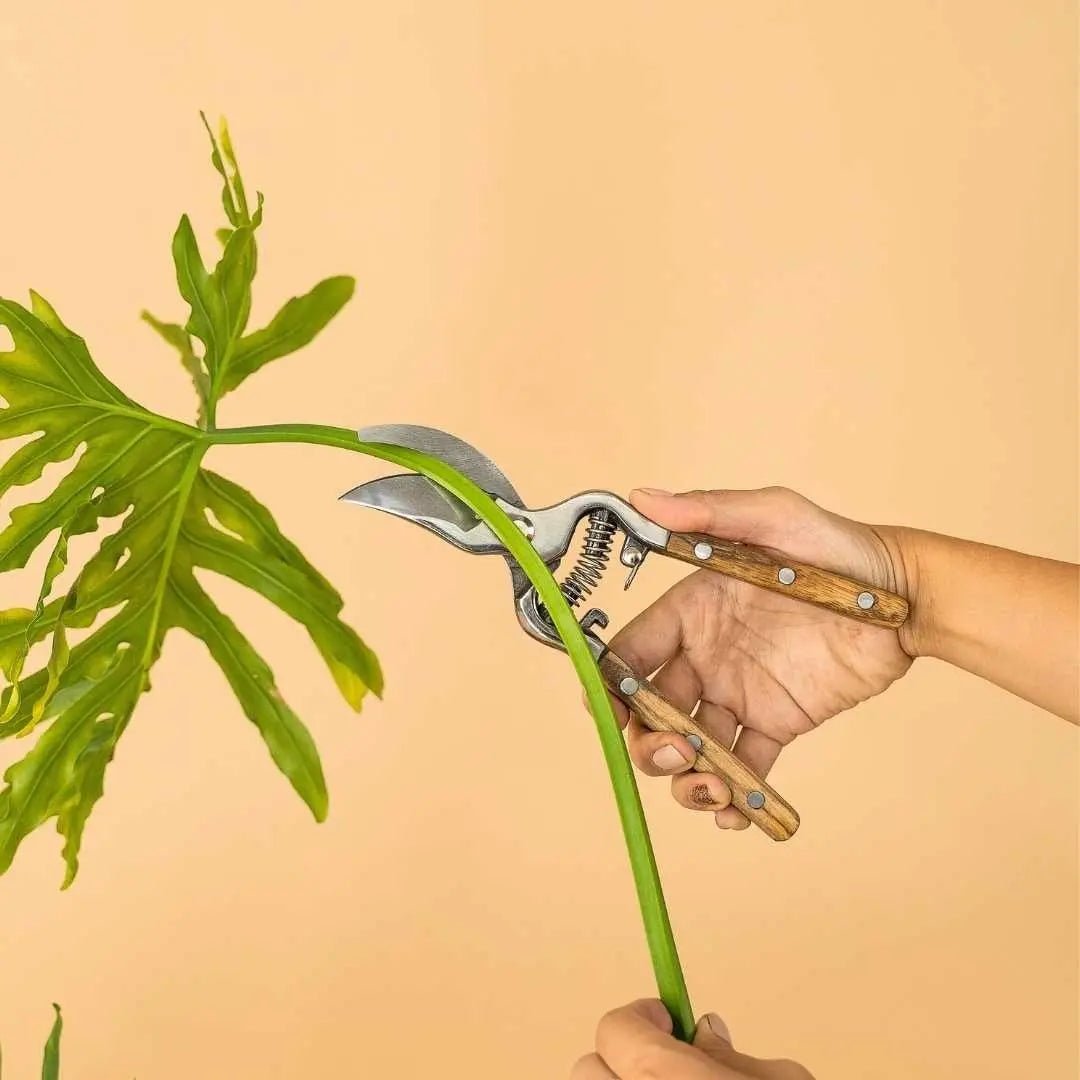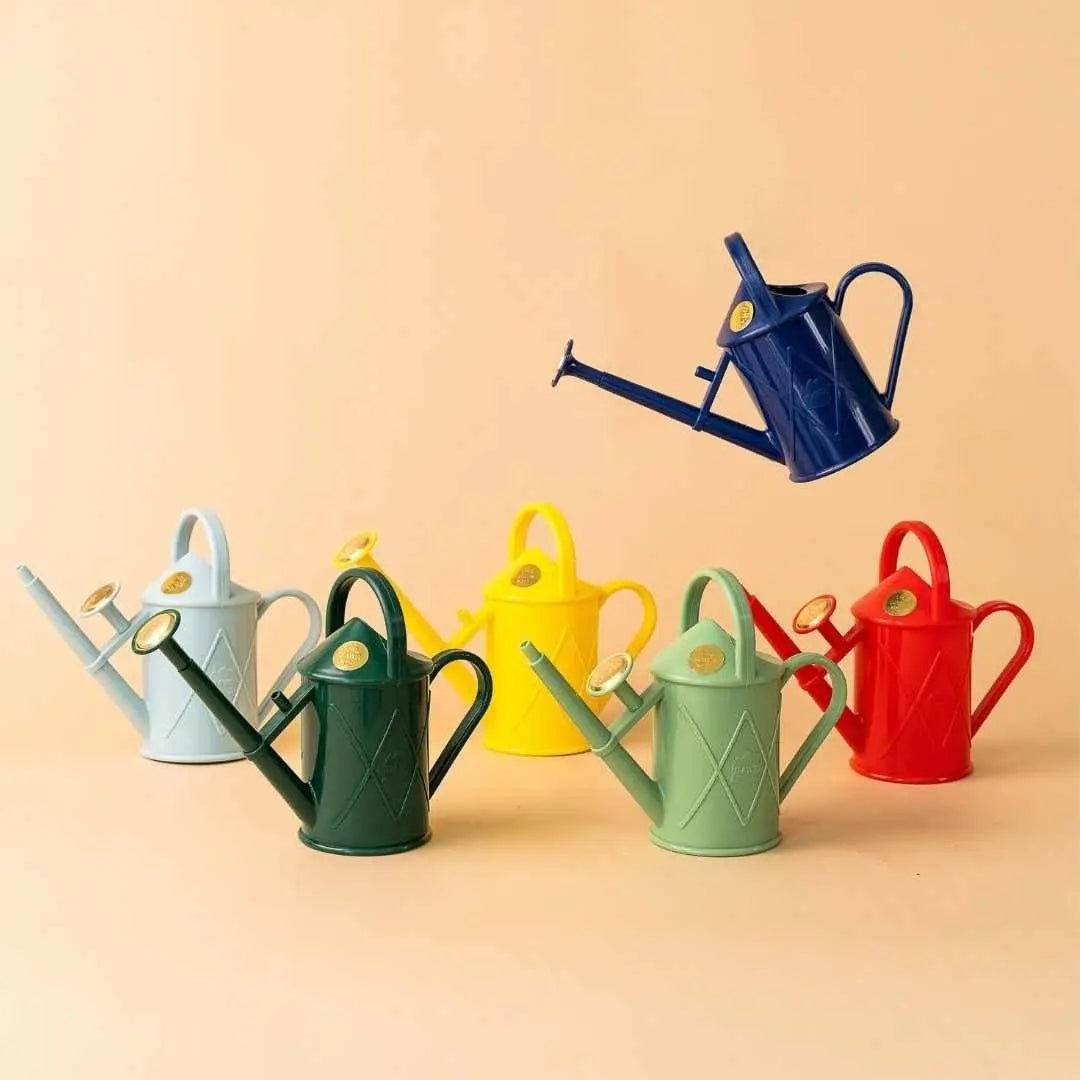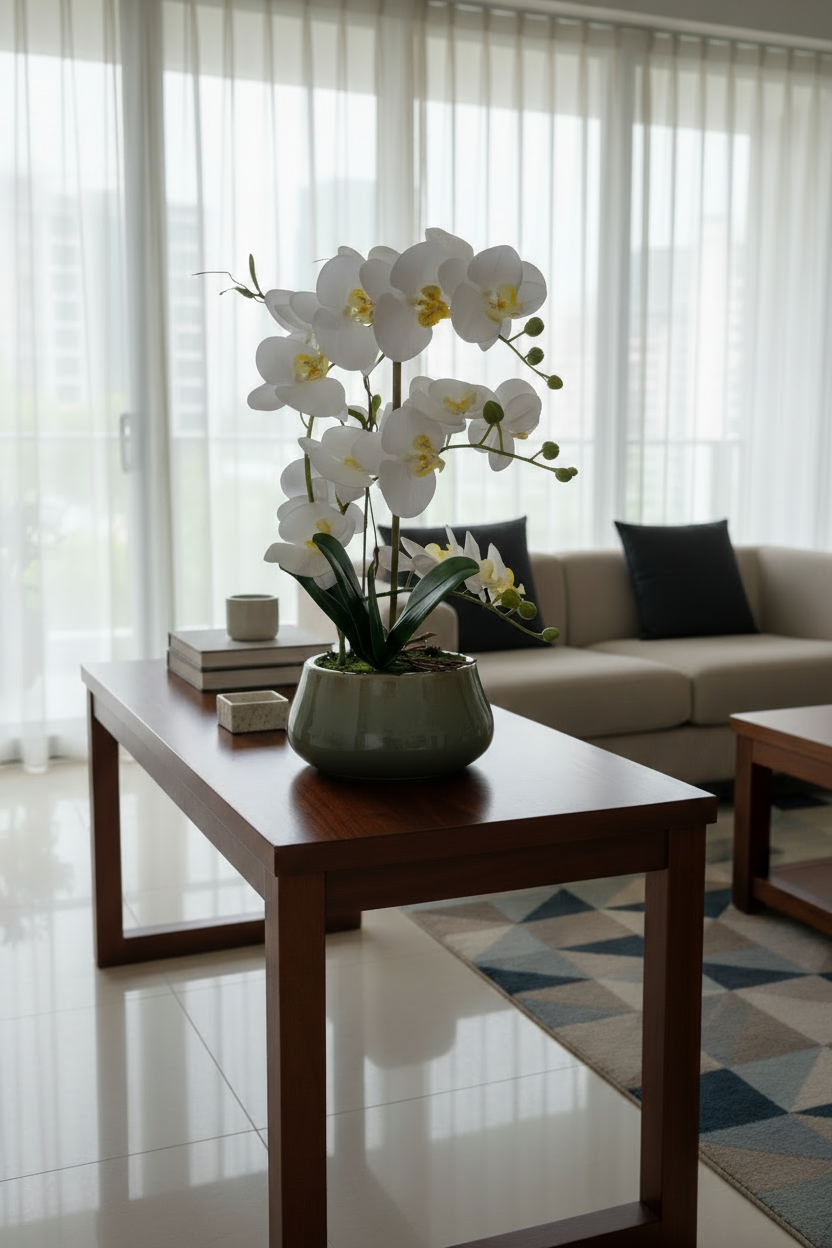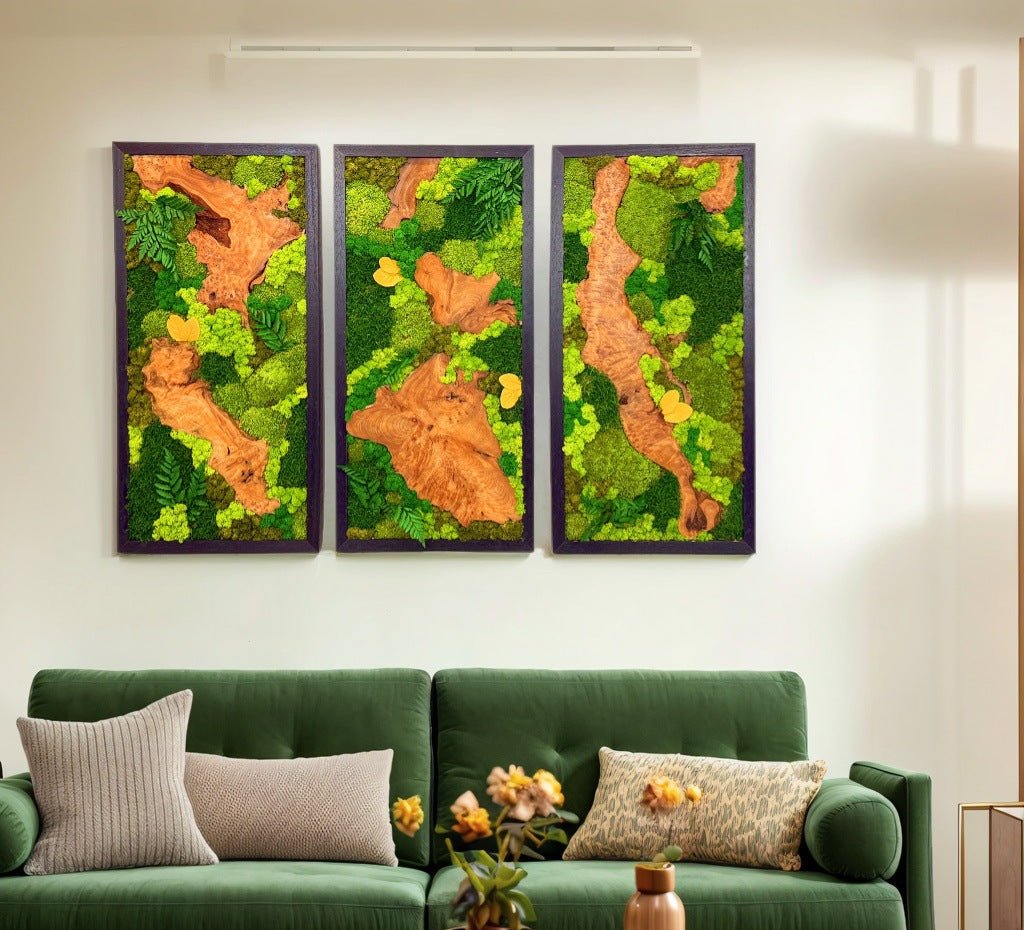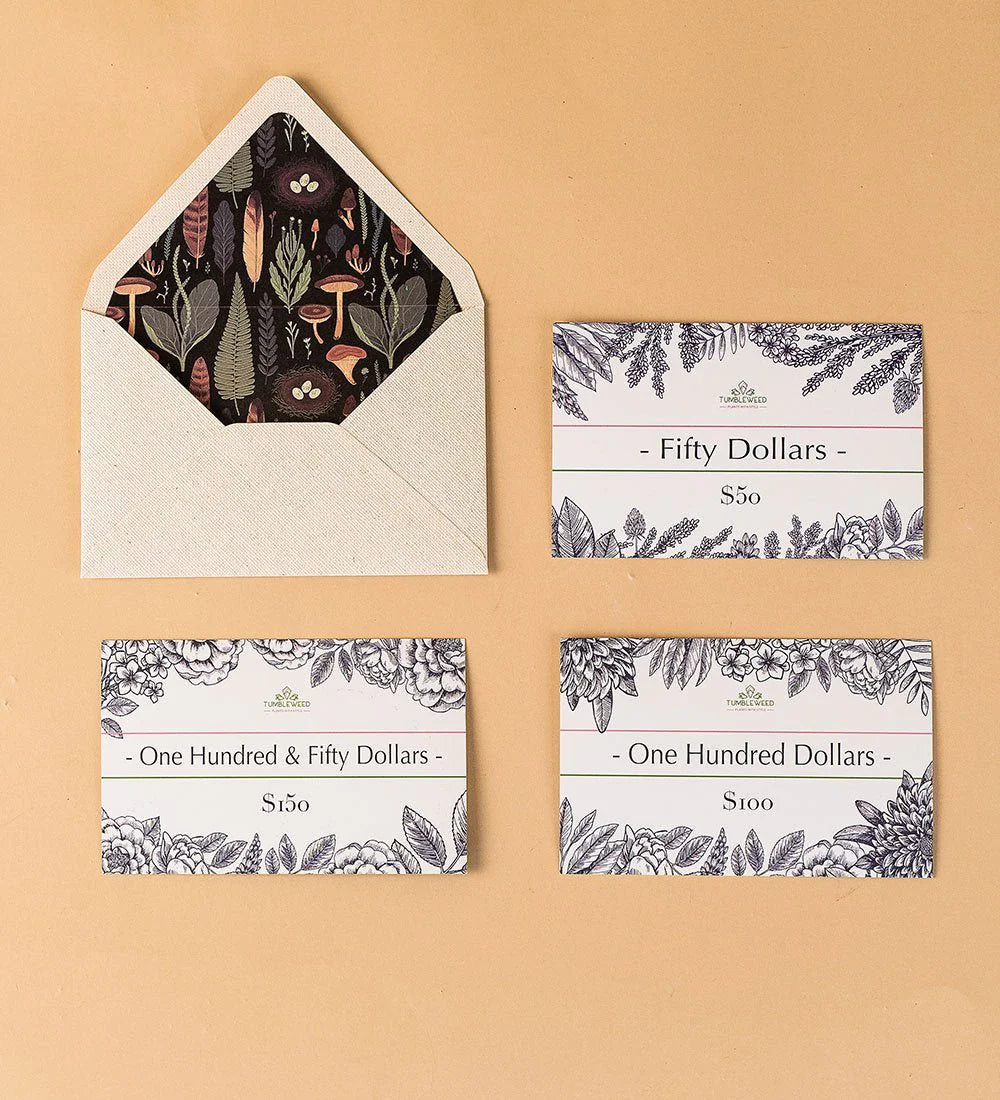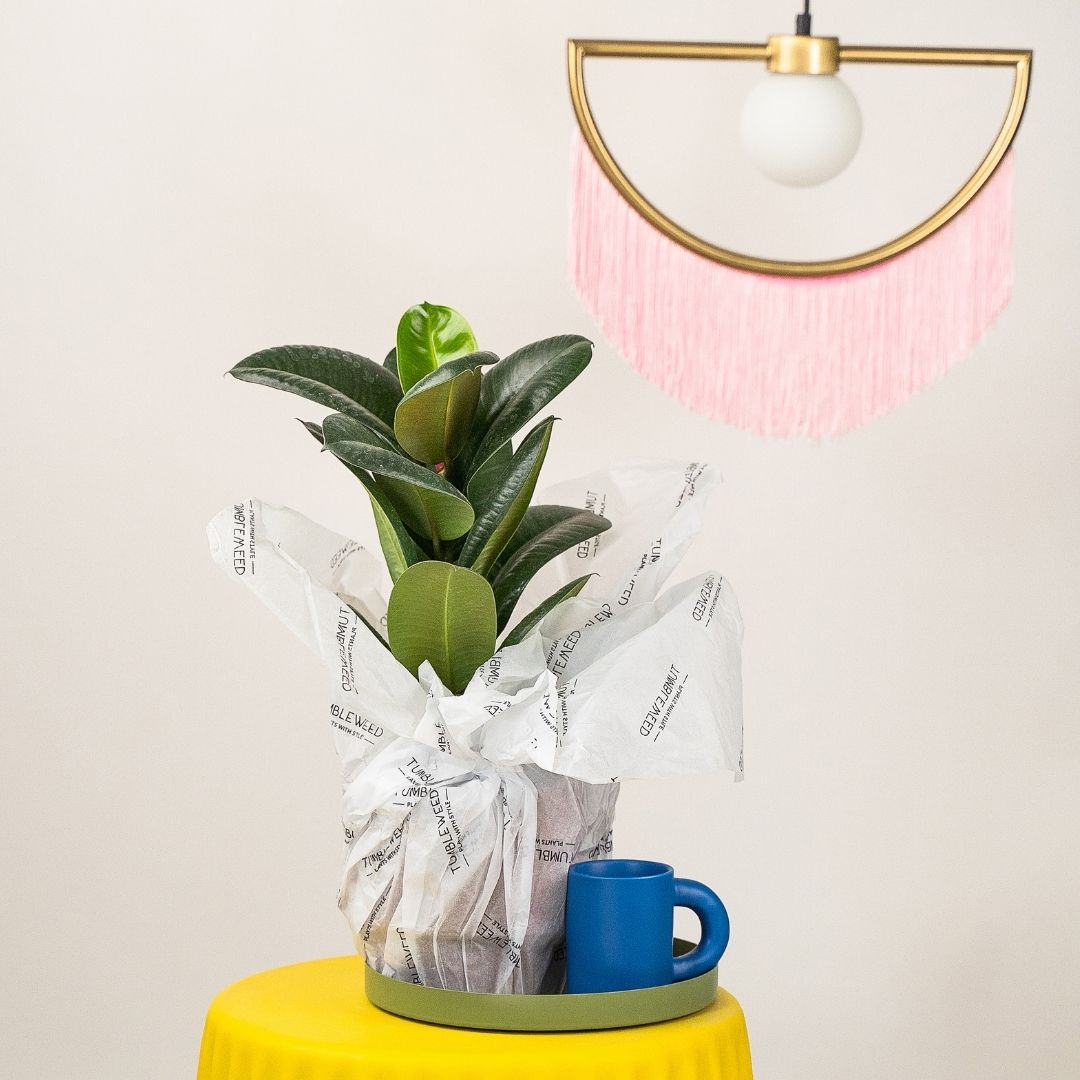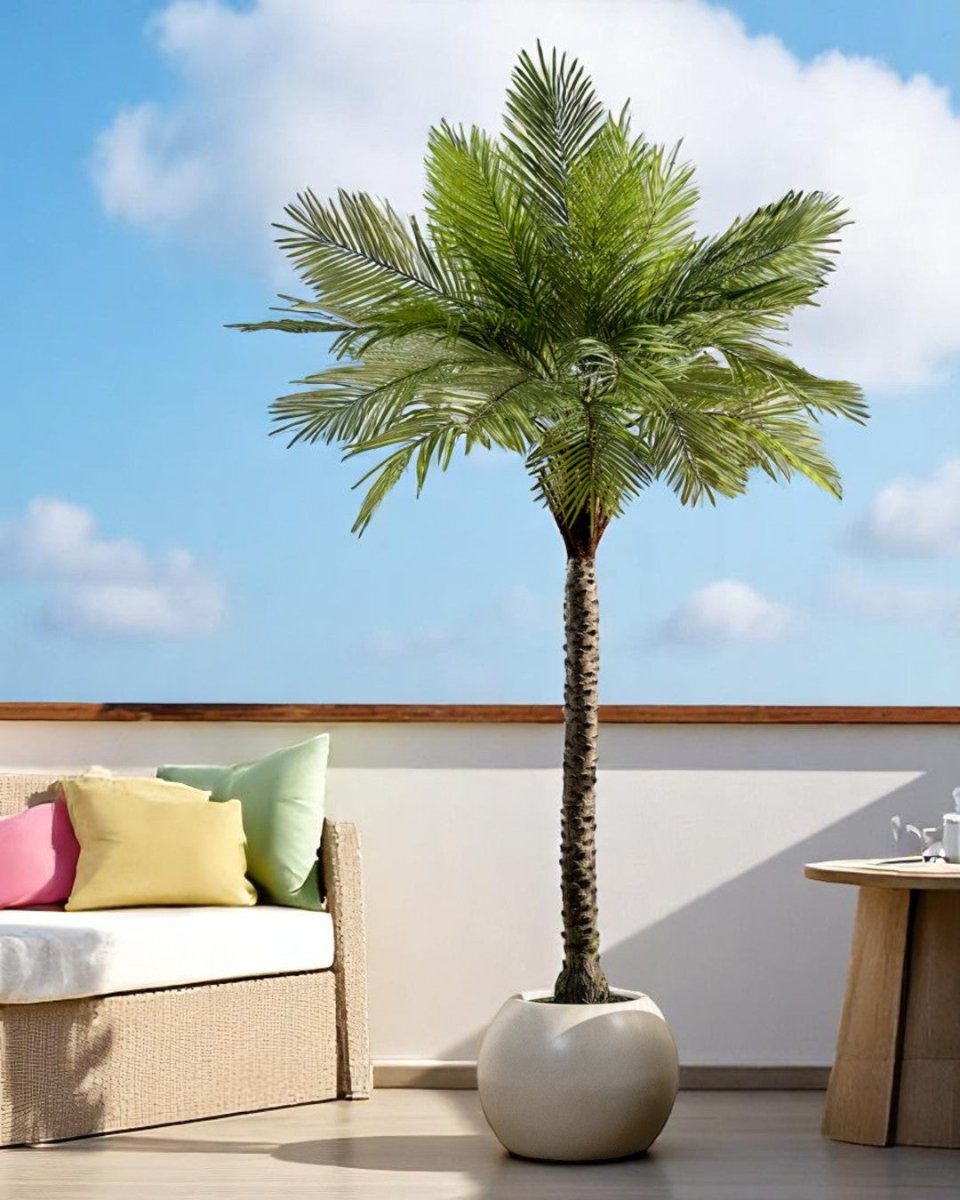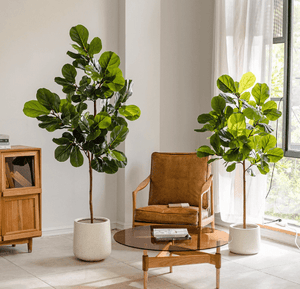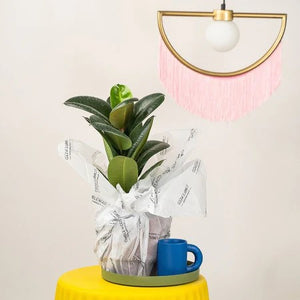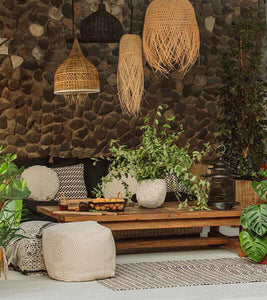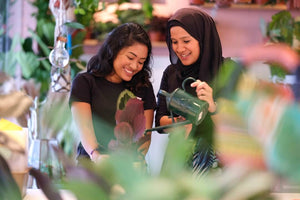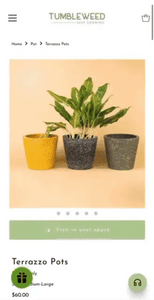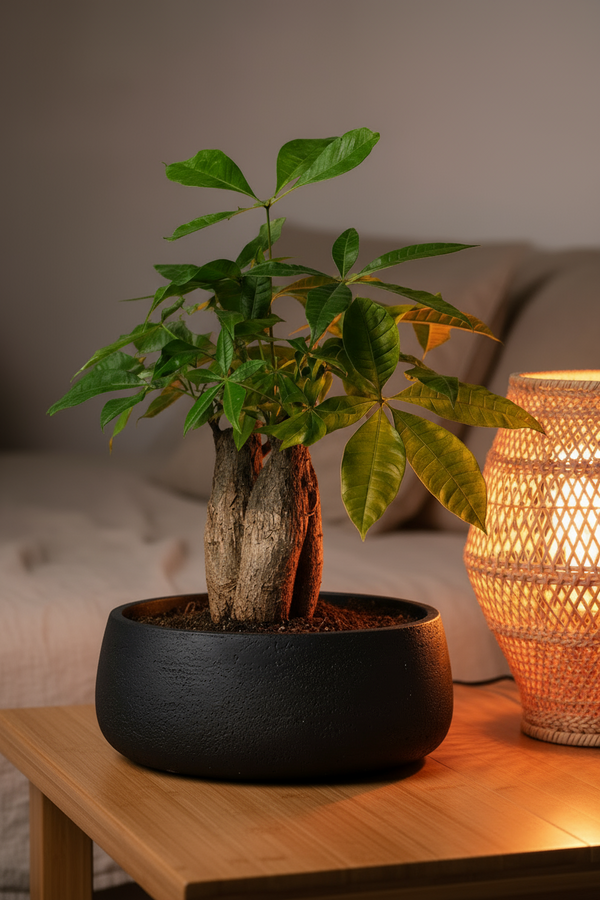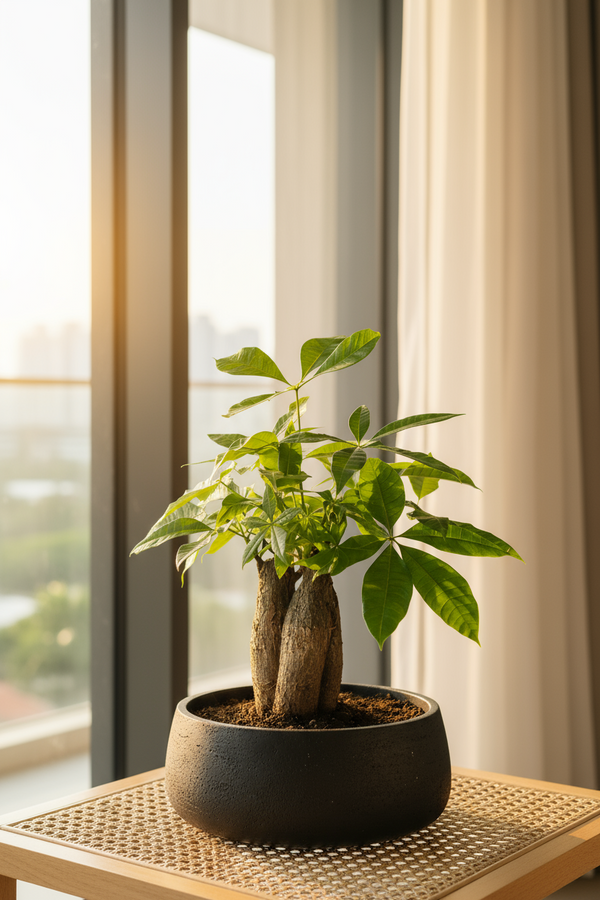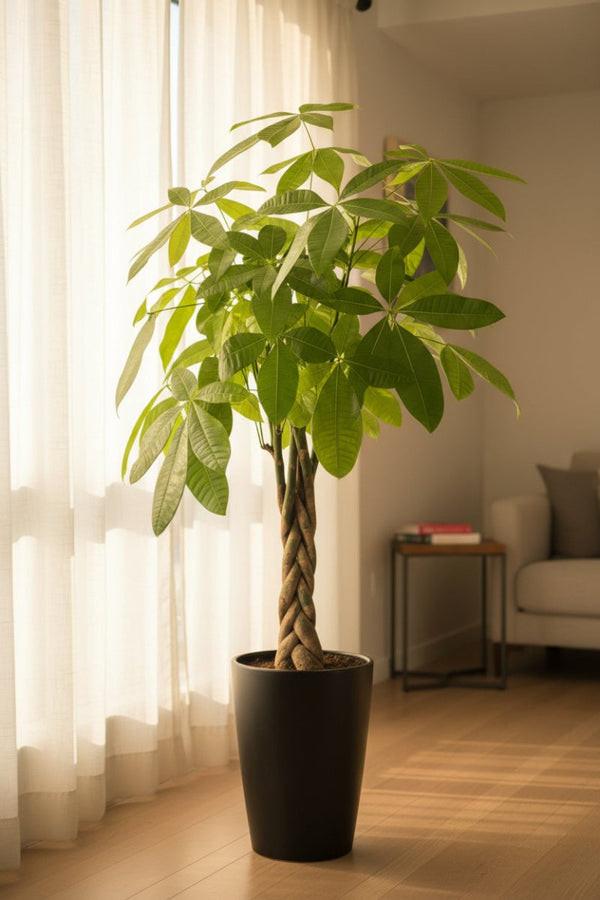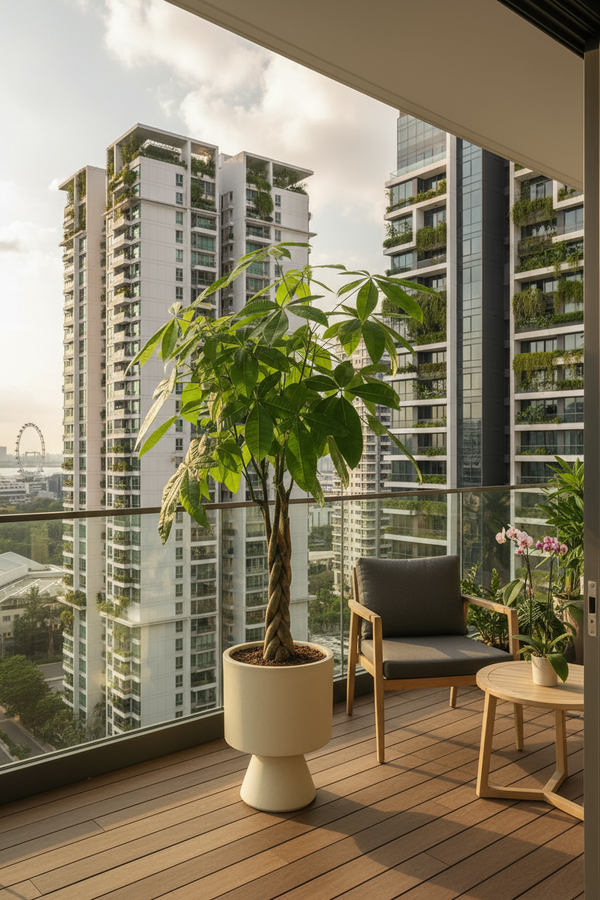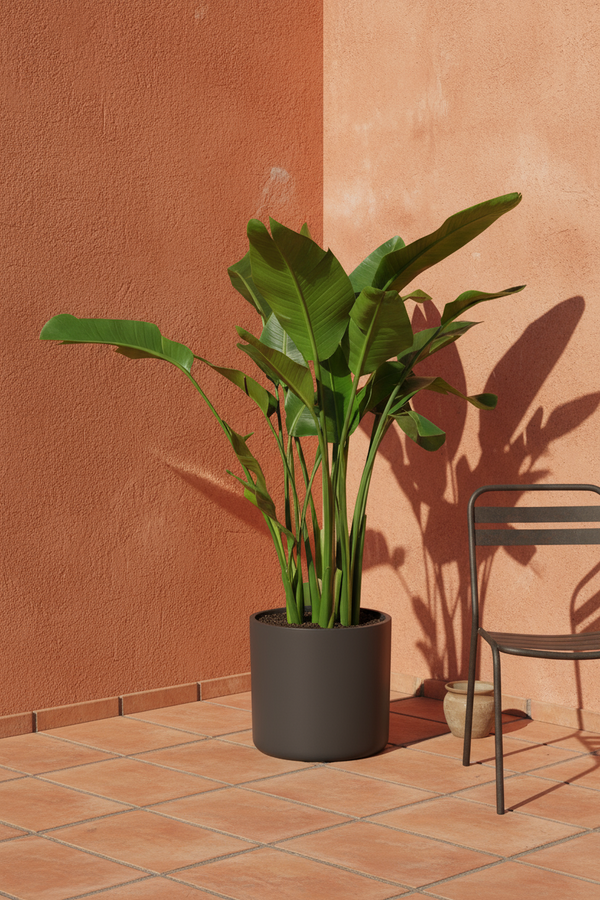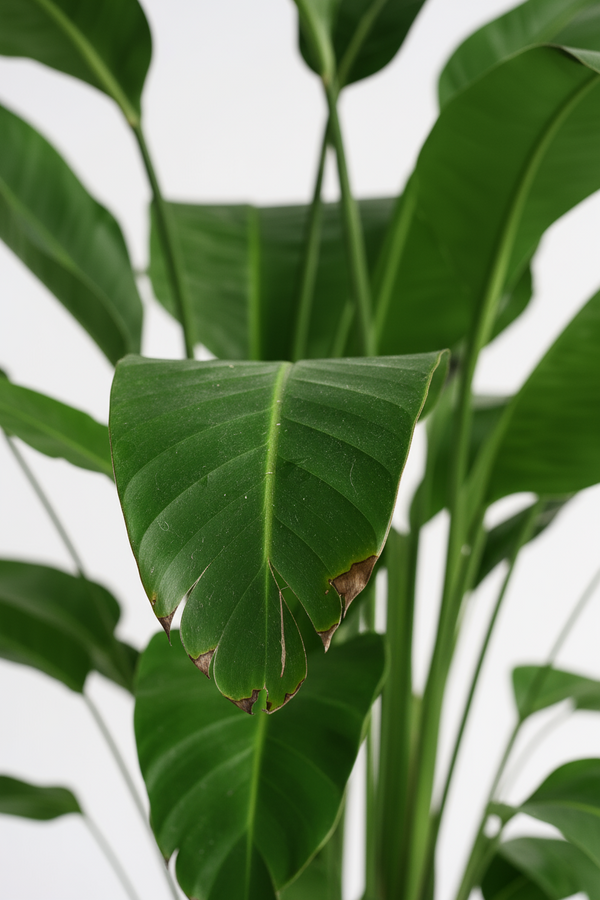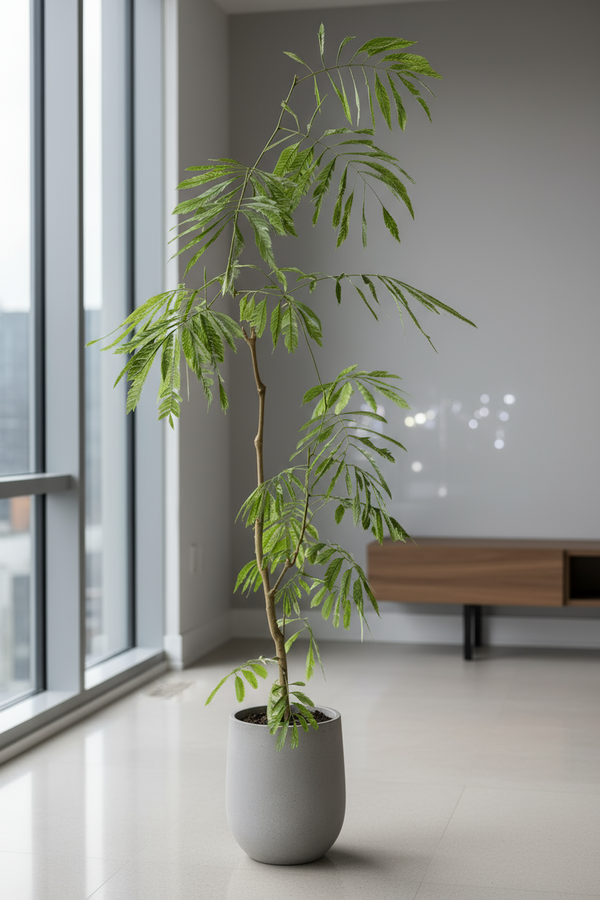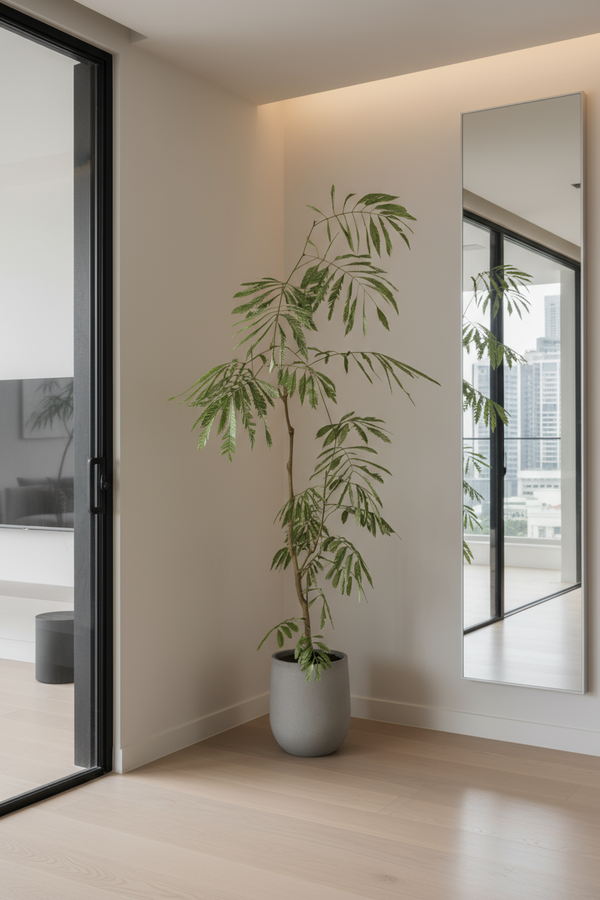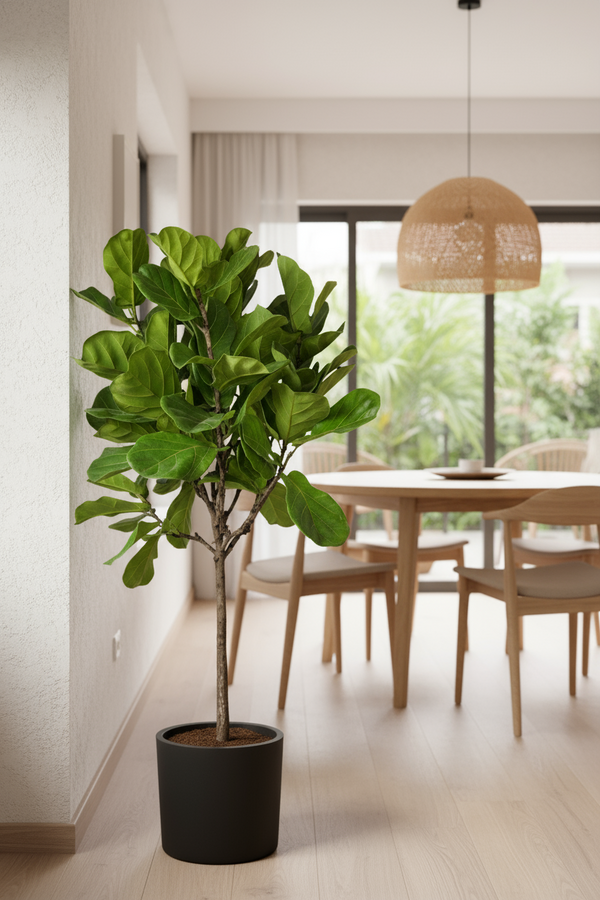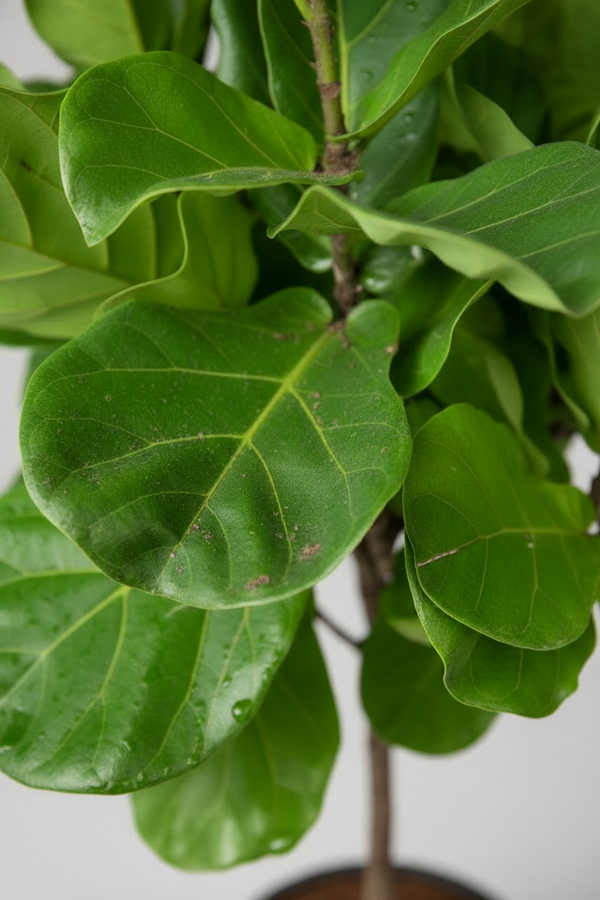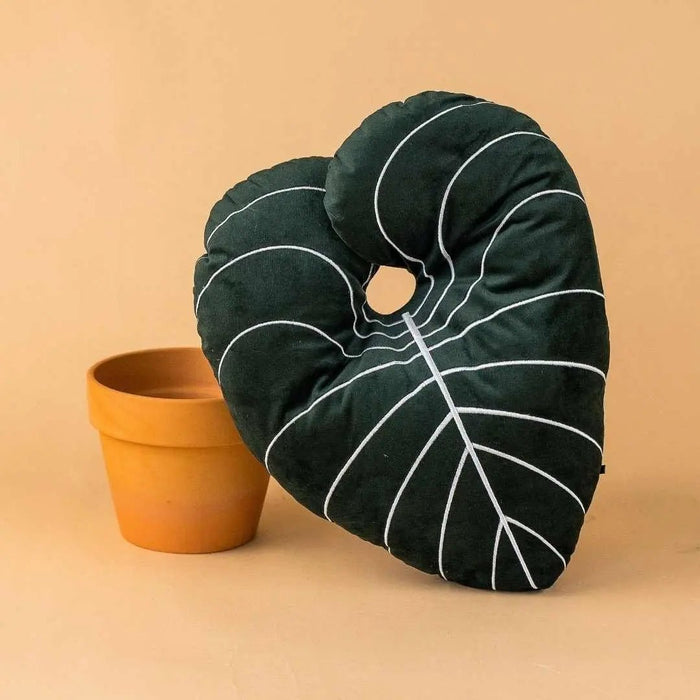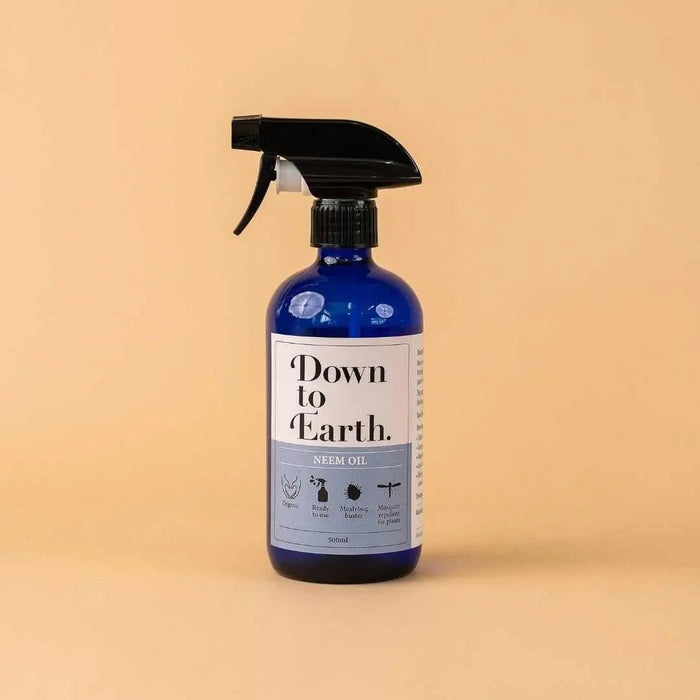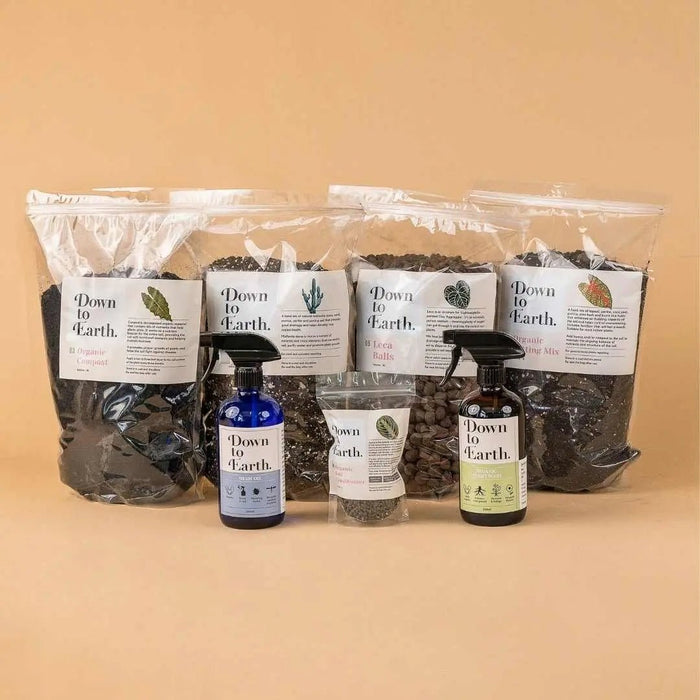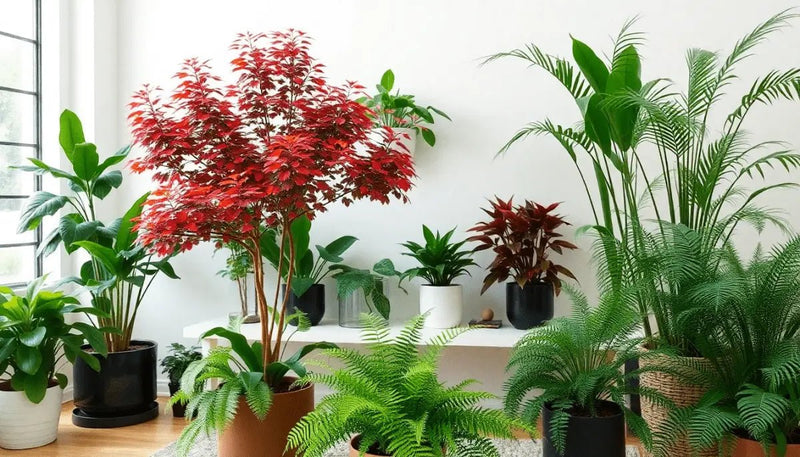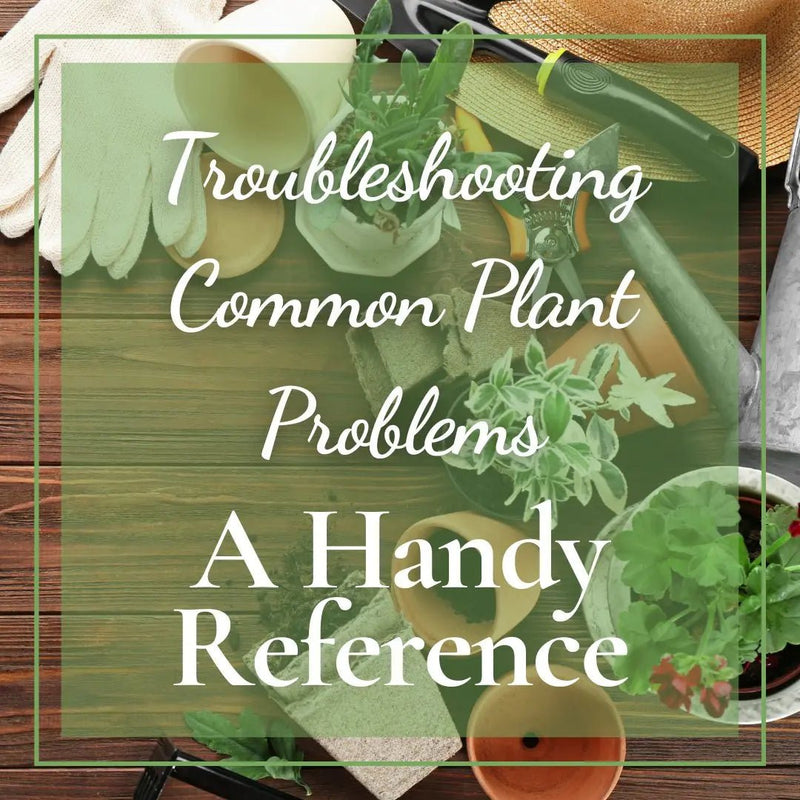How to Create a Pet-Safe Indoor Garden
Posted on July 09 2024
Creating a Pet-Safe Indoor Garden

Creating a pet-safe indoor garden is a wonderful way to bring nature into your home while ensuring the safety of your furry companions. Indoor gardens not only enhance the aesthetics of your living space but also provide a calming environment for both you and your pets. In this guide, we will explore practical tips and creative ideas to help you design and maintain a beautiful indoor garden that is safe for your pets. From choosing pet-friendly plants to creating designated play areas, we will cover everything you need to know to create a harmonious indoor garden that your pets will love. Let's embark on this journey to transform your home into a green oasis that is both visually appealing and pet-friendly.
Benefits of Pet-Safe Indoor Gardens
Creating a peaceful and healthy living environment is essential for our overall well-being. One way to achieve this is by incorporating indoor plants into our homes. Not only do indoor plants enhance the aesthetic appeal of our living spaces, but they also offer a myriad of benefits for both our health and mental well-being.
Positive Impact on Air Quality
Indoor plants play a crucial role in improving air quality by absorbing harmful toxins and releasing oxygen through the process of photosynthesis. This natural air purification process helps to create a cleaner and healthier indoor environment for us to breathe in. By having pet-safe indoor plants, we can enjoy the benefits of improved air quality without compromising the safety of our beloved furry friends.
Enhanced Mental Well-being
In addition to their air-purifying qualities, indoor plants have been proven to have a positive impact on our mental health. The presence of greenery indoors has a calming effect and can help reduce stress, anxiety, and fatigue. Taking care of plants also provides a sense of purpose and accomplishment, which can boost our mood and overall well-being.
Benefits of Pet-Safe Plants
When choosing indoor plants for a pet-friendly environment, it is crucial to select varieties that are non-toxic to animals. Pet-safe plants not only ensure the safety of our pets but also give us peace of mind knowing that our furry companions can coexist safely with the greenery in our homes. By opting for pet-safe indoor gardens, we can create a harmonious living space that benefits both our health and the well-being of our beloved pets.
Creating a Safe Haven for Pets
Apart from the health benefits, pet-safe indoor gardens provide a safe haven for our pets. Indoor plants can act as natural barriers, creating designated spaces for pets to explore and play. This not only enriches their environment but also reduces the risk of them coming into contact with harmful plants that could pose a danger to their well-being.
Educational Opportunities
Having pet-safe indoor plants also presents educational opportunities for pet owners. It allows us to teach our children and ourselves about the importance of plant safety and responsible pet ownership. By learning which plants are safe for pets, we can instil good habits in the household and promote a nurturing environment for both plants and animals.
Promoting a Greener Lifestyle
By incorporating pet-safe indoor gardens into our homes, we are not only enhancing our living spaces but also contributing to a greener lifestyle. Indoor plants help reduce our carbon footprint by absorbing carbon dioxide and releasing oxygen, thus aiding in the fight against climate change. This eco-friendly approach to home decor aligns with sustainable living practices and encourages a deeper connection with nature.
The benefits of pet-safe indoor gardens extend beyond aesthetics and air quality. They promote a holistic approach to well-being by fostering a safe environment for pets, offering educational opportunities, and supporting sustainable living practices. By embracing pet-safe indoor plants, we can create a nurturing sanctuary that benefits both our health and the happiness of our furry companions.
Top Pet-Safe Indoor Plants
When it comes to decorating your home with indoor plants, it's essential to consider the safety of your furry friends. Many common houseplants can be toxic to pets if ingested. However, there are plenty of pet-safe indoor plants that can add a touch of greenery to your space without posing a risk to your beloved animals. In this blog section, we will explore a selection of pet-safe indoor plants that are not only beautiful but also safe for your pets.
Spider Plant (Chlorophytum comosum)
The Spider Plant is a popular choice for pet owners as it is safe for cats and dogs. This plant is known for its long, arching leaves and air-purifying qualities. Even if your pet nibbles on the Spider Plant, it is non-toxic and won't harm them.
Boston Fern (Nephrolepis exaltata)
The Boston Fern is a lush and leafy plant that is safe for pets. It adds a touch of elegance to any room with its feathery fronds. Boston Ferns are safe for cats and dogs, making them a perfect choice for pet-friendly homes.
Areca Palm (Dypsis lutescens)
The Areca Palm is a pet-safe indoor plant that can bring a tropical vibe to your space. This plant features feathery, arching fronds and is safe for cats and dogs. The Areca Palm is easy to care for and can thrive in bright, indirect light.
Friendship Plant (Pilea involucrata)
The Friendship Plant is a charming pet-safe plant with textured leaves that add visual interest to any room. This plant is safe for pets and can be a great addition to your indoor garden. The Friendship Plant is easy to care for and can tolerate low light conditions.
Parlor Palm (Chamaedorea elegans)
The Parlor Palm is another pet-friendly indoor plant that is safe for cats and dogs. With its delicate, arching fronds, the Parlor Palm adds a touch of sophistication to your living space. This plant thrives in low light conditions, making it perfect for indoor environments.
Money Plant (Epipremnum aureum)
The Money Plant, also known as Devil's Ivy, is a pet-safe plant that is easy to care for and can thrive in various light conditions. Its trailing vines and heart-shaped leaves make it a popular choice for pet owners looking to add a touch of green to their homes. The Money Plant is safe for pets and can even help purify the air.
Cast Iron Plant (Aspidistra elatior)
The Cast Iron Plant is a hardy and pet-safe indoor plant that can tolerate neglect and low light conditions. Its dark green, leathery leaves add a touch of drama to any room. This plant is safe for cats and dogs, making it an excellent choice for pet-friendly households.
These pet-safe indoor plants are not only beautiful additions to your home but also provide a safe environment for your pets. By incorporating these plants into your indoor space, you can enjoy the benefits of nature while ensuring the well-being of your furry companions. Visit tumbleweedplants.com to explore a wide range of pet-safe indoor plants and create a pet-friendly oasis in your home.
Creating a Pet-Safe Indoor Garden
Creating a pet-safe indoor garden is not only beneficial for your furry companions but also adds a touch of greenery and tranquillity to your living space. It's essential to strike a balance between a thriving garden and a safe environment for your pets. Here are some comprehensive tips to help you create and maintain a pet-friendly indoor garden:.
Selecting Pet-Friendly Plants:
Choose plants that are safe for pets to be around. Some excellent choices include spider plants, Boston ferns, and African violets. These plants not only add beauty to your indoor garden but are also non-toxic to cats and dogs. On the other hand, avoid toxic plants like lilies, aloe vera, and philodendron, as they can pose a danger if ingested by pets.
Strategic Plant Placement:
Place your plants strategically to prevent pets from accessing them easily. Hanging plants from the ceiling or placing them on high shelves can be effective ways to keep them out of reach. Additionally, creating designated plant areas can help in safeguarding your greenery from curious paws.
Watering Considerations:
When watering your plants, be cautious about the water you use. Some pets may be sensitive to chemicals present in tap water. Consider using filtered water or allowing tap water to stand for 24 hours before using it on your plants. This simple step can prevent any potential harm to your pets.
Hazard Prevention:
Be vigilant about potential hazards in your indoor garden. Avoid using chemical fertilisers or pesticides that could be harmful to your pets. Secure electrical cords and keep small objects that pets could swallow out of their reach to ensure a safe environment.
Enriching the Environment:
Enhance the environment for both your pets and plants by incorporating enriching elements. Provide climbing structures for cats, hiding spots for small animals, and interactive toys to keep your pets mentally stimulated and physically active.
Natural Light and Temperature:
Ensure your indoor garden receives adequate natural light suitable for the plants you have chosen. Monitor the temperature in the area to maintain a comfortable environment for both your pets and plants. Avoid placing plants near heating sources or in direct drafts.
Pet-Friendly Garden Accessories:
Consider adding pet-friendly accessories to your indoor garden, such as pet-safe soil and non-toxic plant pots. Opt for sturdy pots that are not easily tipped over by curious pets. You can also incorporate pet-friendly grass patches or catnip plants to provide additional enrichment for your pets.
Regular Monitoring and Maintenance:
Regularly inspect your indoor garden for any signs of plant damage, pests, or potential hazards. Promptly address any issues to maintain a healthy and safe environment for your pets. Trim overgrown plants to prevent pets from nibbling on them and remove any fallen leaves or flowers that could be harmful if ingested.
By following these tips and being mindful of your pet's safety, you can create a harmonious indoor garden that benefits both your plants and your beloved pets. Remember, a pet-safe indoor garden not only enhances the aesthetics of your home but also promotes a sense of well-being for both you and your furry friends.
Creating a pet-safe indoor garden is not only achievable but also beneficial for both your furry friends and your home environment. By following the tips and guidelines outlined in this blog, you can enjoy the beauty of indoor gardening while ensuring the safety and well-being of your beloved pets. Remember, with a little planning and consideration, you can create a harmonious space where your plants and pets can thrive together.

